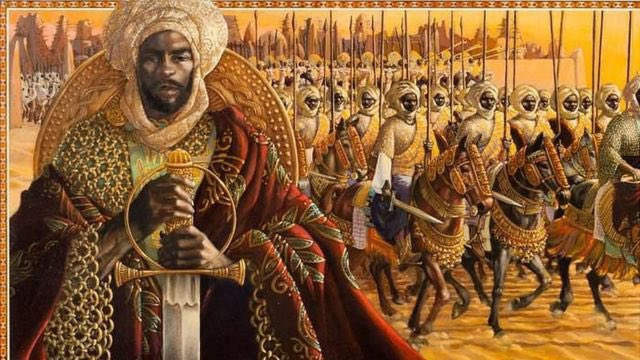What happens after death? Is there a restful paradise? An eternal torment? A rebirth? Or maybe just nothingness? Well, one Chinese emperor thought that whatever the hereafter was, he better bring an army. We know that because in 1974, farmers digging a well near their small village stumbled upon one of the most important finds in archeological history: vast underground chambers surrounding that emperor's tomb, and containing more than 8,000life-size clay soldiers ready for battle. The story of the subterranean army begins with Ying Zheng, who came to power as the king of the Qin state at the age of 13 in 246 BCE. Ambitious and ruthless, he would go on to become Qin Shi Huangdi, the first emperor of China after uniting its seven warring kingdoms. His 36 year reign saw many historic accomplishments, including a universal system of weights and measures, a single standardized writing script for all of China, and a defensive barrier that would later come to be known as the Great ...

Comments
Post a Comment